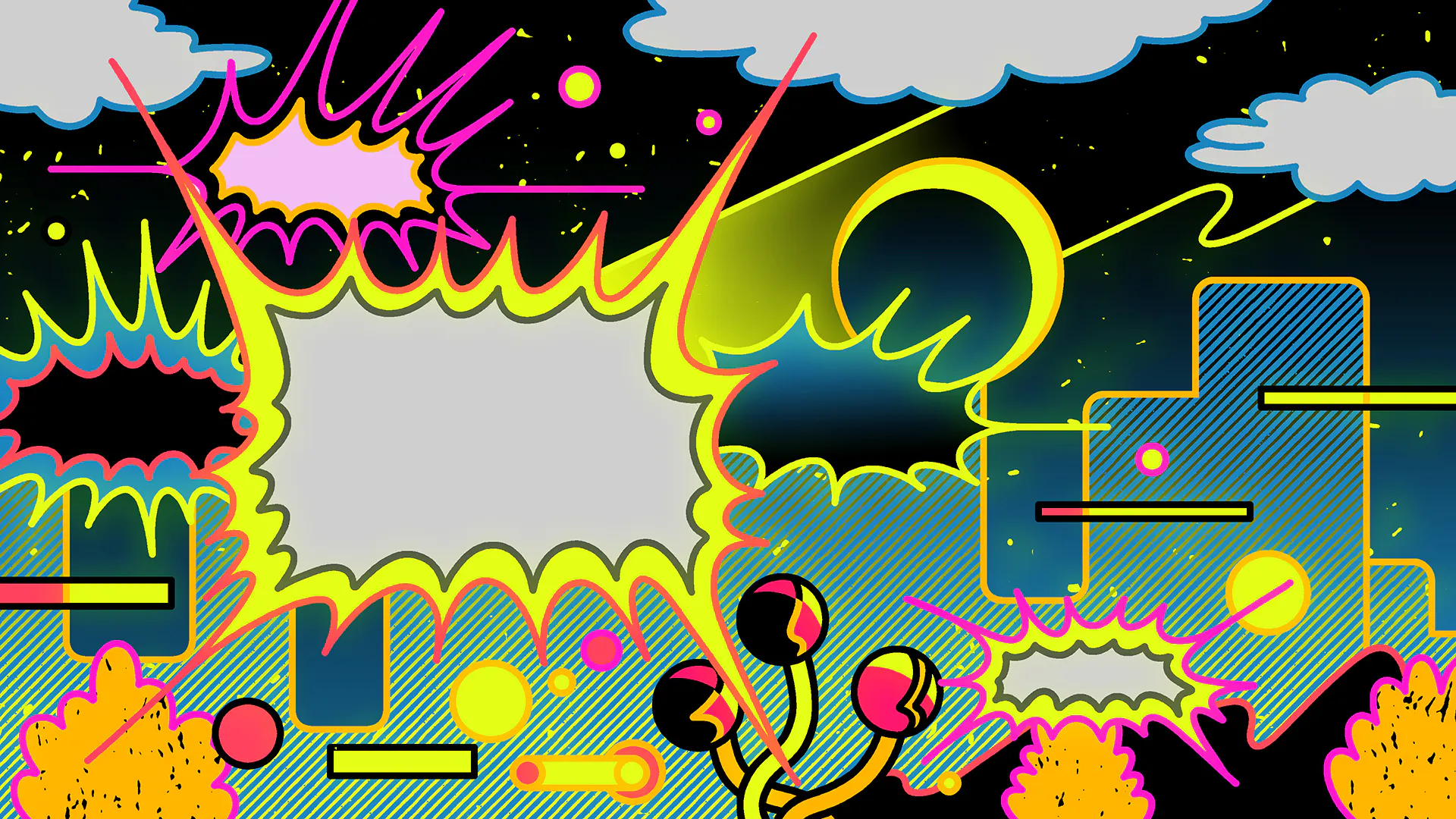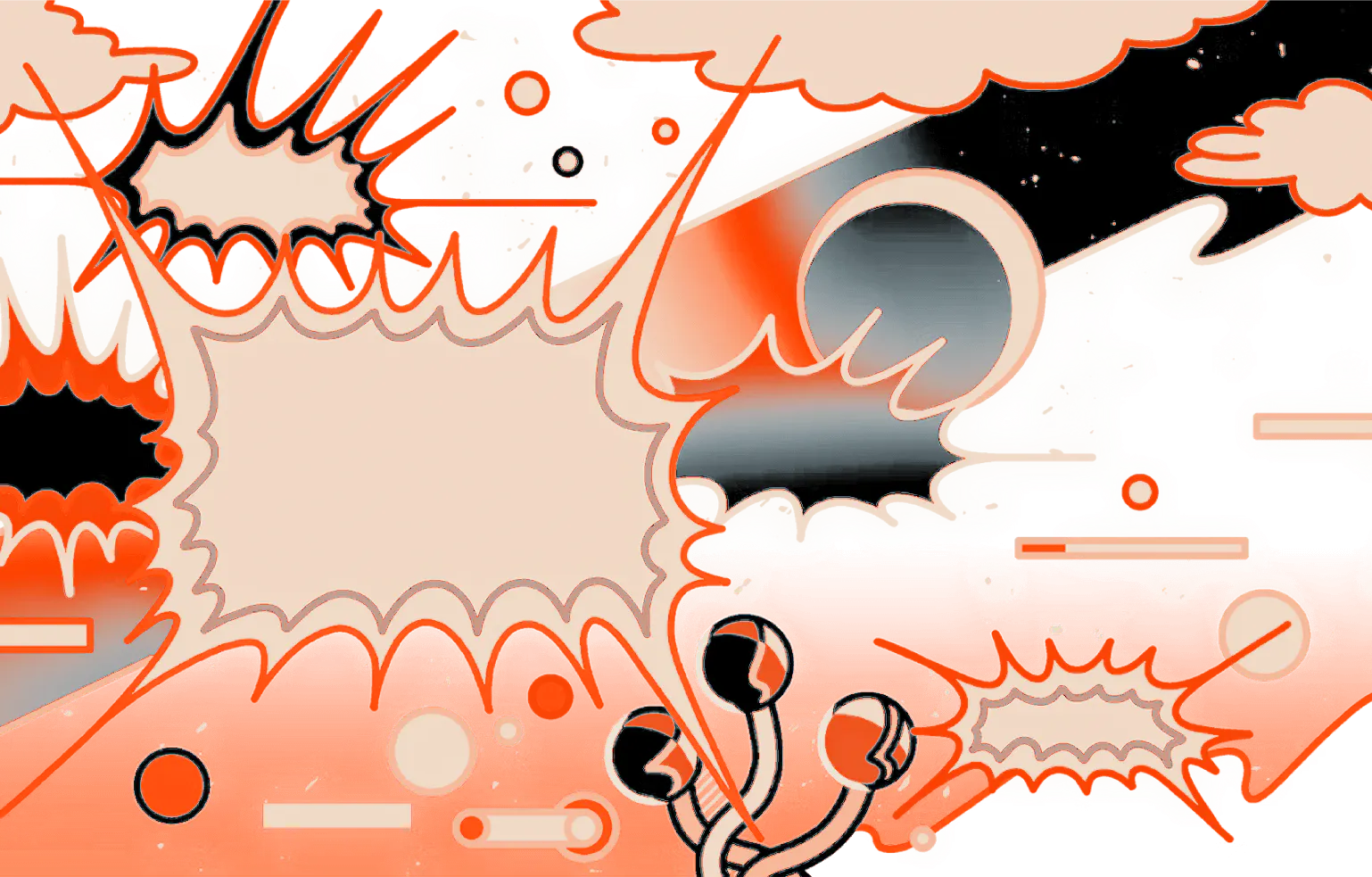
A Colourful Workplace
A Colourful Workplace
Designer
Our latest Thought Leadership article examines the importance of diversity and inclusivity from a first-person perspective.
According to a survey conducted by Berenschot, Performa, and AFAS software - where almost 2,000 HR professionals were interviewed - diversity and inclusivity are both topics that fall by the wayside for businesses in the Netherlands. In fact, only 20% of those businesses surveyed have an active diversity policy, while another survey conducted by NOS found that diversity and inclusivity have been at the bottom of the 'most important themes' list for years.
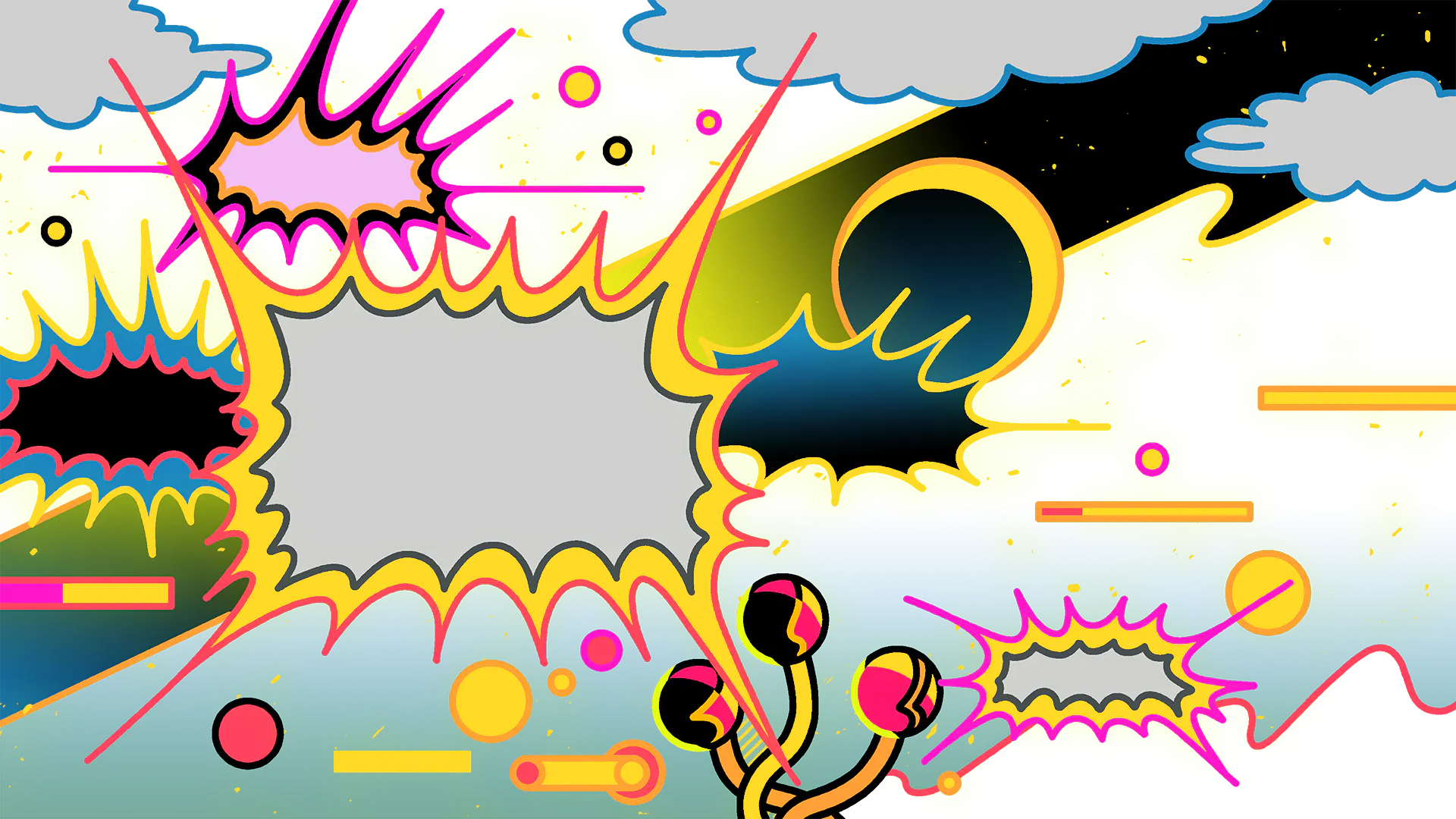
These are hard numbers to swallow when you consider the fact that Amsterdam is home to a recorded 180 different nationalities. In fact, Amsterdam has proudly been one of the most multicultural cities in the world for decades. Over the past fifty years, this multiculturalism has been boosted by an influx of residents from countries such as Suriname, Turkey, and Morocco, bringing with them their cultures, foods, languages, and traditions. This trend is only projected to continue, with iAmsterdam speculating that in the next few years at least half of all Amsterdammers will have been born abroad, or have parents or grandparents who have come from different countries.
Unfortunately, these stats are not limited to The Netherlands alone. Almost every day the news brings with it an incident somewhere in the world where race has been an issue, where women have found their rights minimised compared to men, or where diversity issues have been called into question. Why is it that we are still dealing with issues of race and inclusivity today, in 2021? Almost on a daily basis, we see the Black Lives Matter movement, or the anti-Asian sentiment that is growing around the world, where even here in Amsterdam I’ve had friends spat on, and called Corona. Why is it that we’re seeing a trend of nationalisation after a wave of globalisation, where people are becoming increasingly wary and intolerant of people from other countries and cultures?
Seeing all of this, I felt compelled to share my own experiences and thoughts about diversity, and add my voice to the conversation around the importance of having a colourful workplace. I wanted to share my side of the story and raise awareness of the struggles minorities face even when they were born in Europe so that those who haven’t been on the receiving end of intolerance can better understand the importance of having a diverse workspace.
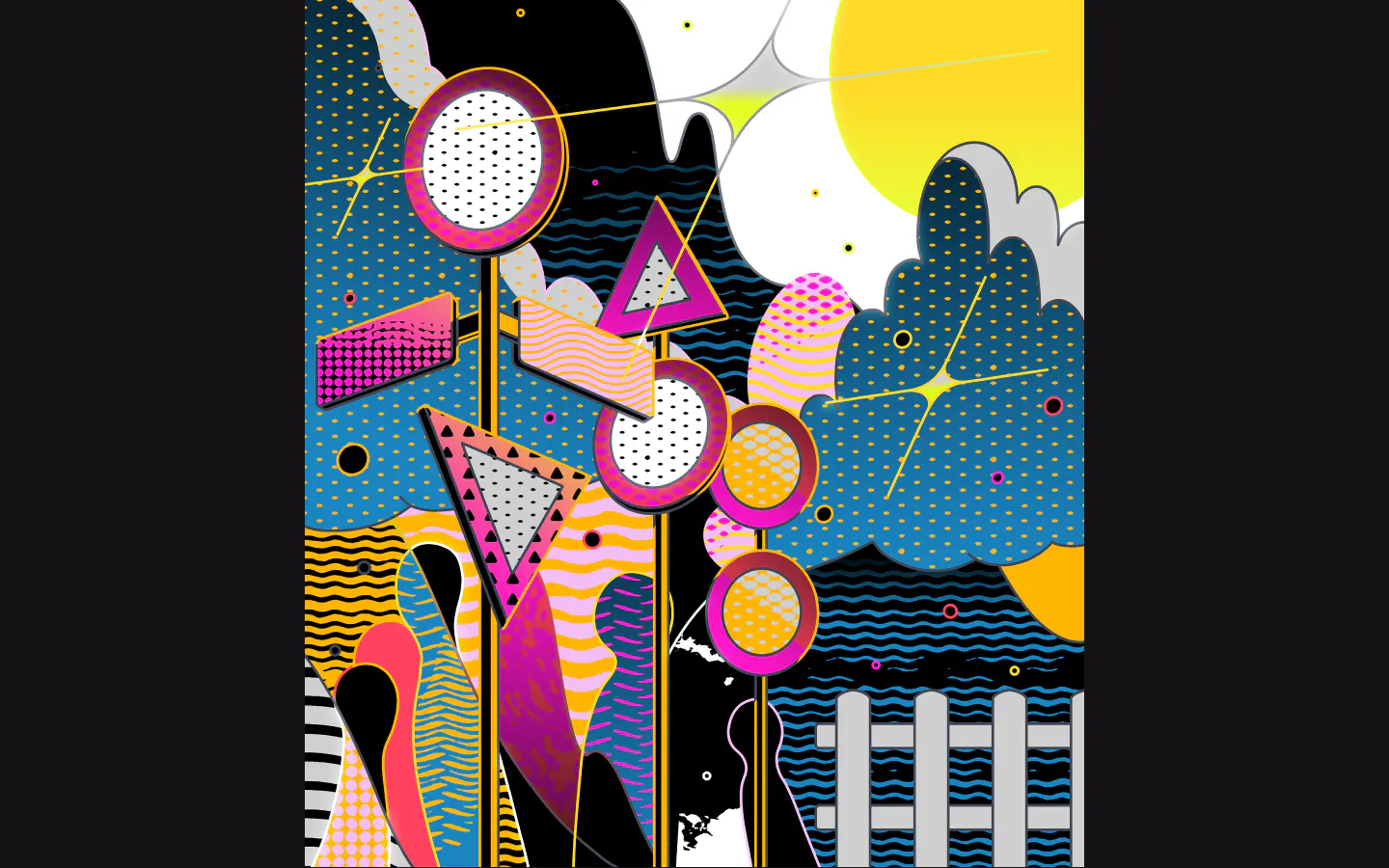
As issues of equality and tolerance become increasingly ingrained in the daily conversation, it is worth noting the significant role that the media plays in the perpetuation of racial stereotypes. For example, the language used to describe the crimes and the suspect depend largely on race. Most recently this was exhibited in the recent Atlanta shooting that saw eight people killed, six of whom were of Asian descent. Almost as soon as the news broke, reports of a white male who “was pretty much fed up and kind of at the end of his rope” began to flood in, explaining how [yesterday] was a really bad day for him and this is what he did.”
In the case of a white perpetrator, they’re having a bad day, or they’re mentally ill, while people of colour are often quickly recorded as being a violent criminal, or even a terrorist. In fact, even in instances where a police officer has needlessly shot and killed a person of colour, the media often appear to justify the act by raising questions about the victim’s character, such as discussing their past records or their behaviour on the day. This was seen in the recent shooting of 20-year old Duante Wright, who was shot when an officer mistook her firearm for her taser. It didn’t take long for articles about Duante being “on the run” to surface, or the outstanding warrant out on him to be discussed, both of which had nothing to do with his being pulled over in the first place (as he was pulled over for having an expired registration).
While this example is extreme, they do well to show the difference of perception that is shown in the news when reporting on people of colour, versus white people. However, they also focused on the extremes of race, and the headline edition of what it’s like to be a minority in a majoritively white city or country. What they don’t tell is the story of what goes unseen, the smaller hurts and slights that slowly add up over time to make minorities feel like they don’t belong; like they’re illegitimate on the land that they also stand on.
Even in my own corner of the media industry, working in the creative sector, there is more often than not a definitive lack of diversity. My job can often involve shaping and refining brands, moulding them into something that people will connect with and desire. Through research, strategy, and creativity, we can help our clients to better connect with their customers in ways that reach them on emotional levels, and make them confident in their decisions. It sounds simple enough, but over the years I’ve come to recognise one very key issue: for the most part, everyone looks the same, has the same background, and speaks the same language. If we don’t have diversity in our industry, how can we connect with people from different backgrounds if we can only relate to a small few who look and sound like us. The simple reality is that we can’t.
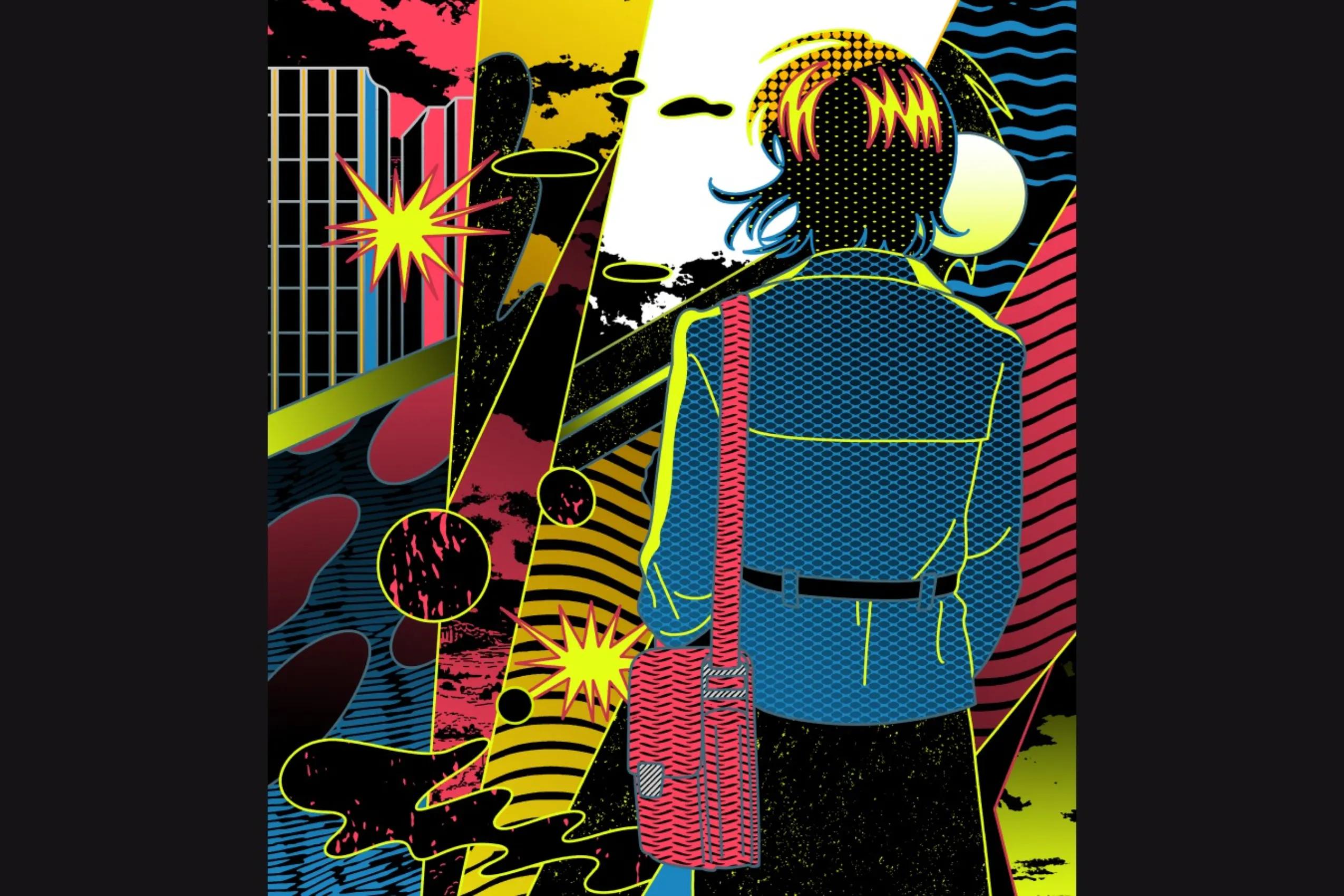
The hard thing about being a minority is finding your place and your voice, as you constantly have to fight the fear of feeling misunderstood, or unable to stand up for yourself. I was born in Belgium, and my parents worked hard to integrate to the Belgian way of life and culture, while retaining their Vietnamese roots.
As a result, I grew up with a foot in both worlds. I didn’t even know I was different until I was about six years old and the other children began to comment on and notice my different features. From that point on, I’ve carried the feeling of being more outsider than an insider. Even now living in Amsterdam, one of the most multicultural cities on earth, I experience some act or statement on an almost monthly basis that makes me feel like an outsider. Over time, big or small, these instances add up to make me feel like I don’t belong.
There is one experience in particular that stands out to me that I want to share, partially because it might feel small or insignificant to people who won’t be able to relate to it, but also to give an example of a thoughtless moment that can make a minority feel small.
I was interviewing for a role with a big design studio based here in Amsterdam - whom I won’t deign to mention - and I was having my interview with the Creative Director. I made a point of mentioning that I was Belgian, however the interviewer continually referenced my ‘culture’, asking how it ‘influenced my design”. Even though I had specifically referenced my background, he still made a predetermined conclusion about my background. At the time, I didn’t know how to answer the question. I wouldn’t know how to define exactly my culture but in this context, I have studied in Belgium and while I identify with my Vietnamese roots, it’s not enough of a connection to have an impact on my work. In the end I gave a lame answer because I wanted the job, but when I shared the incident with friends later they’ve often asked why I didn’t stand up for myself. It’s because in a professional situation like this, you’re often already at a disadvantage, being the ‘lower’ person in the exchange, so it becomes a burden to explain why that’s the wrong thing to say.
The other side of this is that people often don’t understand, or don’t see the hurt and frustration that comes with incidents like this. More than one person has sprung to the interviewers defence, arguing that "he was just being curious and there were no bad intentions behind it". I’m sure there weren’t, I’m almost positive of it, but that’s not the point. He wouldn’t have asked a French or a German person how their culture impacts their design, but because I’m Asian, my culture comes into play. But, as with the media, people run to the defence of the interviewer, rather than empathising and saying “you’re right, it shouldn’t be a topic”. I’m not alone in this either.
I spoke with Jose, our Dominican-American front-end developer who has had similar experiences within his own professional life, where he felt the same feeling of not belonging. In his own words:
“I remember when I first began working in this field. I was working in a co-working space in the city, and every day I would walk into the lobby and flash my ID card to get past the front desk. On one occasion however, the man behind the desk blurted out in genuine disbelief “You work here?!” when he saw my card. I remember feeling kind of offended, and just said “yeah, I work here”, unsure of what else today. I already had this insecurity about not fitting in, so hearing this didn’t help. I never asked the him why he’d responded that way, and looking back I wish I had, I wish that I’d challenged him. My guess is he wasn’t used to seeing minorities walk into the building and present themselves as employees. So when I showed him my card, it must of caught him by surprise. In his eyes I was out of place."
As a non-minority, it is probably hard to see and relate with the issues in these, and easier to simply pass them off as harmless or unimportant. But over time small moments like these grow and compound, constantly feeding the feelings of insecurity and of not belonging. This is why diversity is important, both in the work place and in life, because continued exposure and interaction with people from different backgrounds builds tolerance, and educates.
Beyond the fact that diversity is just the right thing to have, it also brings perspective and depth to business decisions, and can help solve problems that might otherwise be overlooked, similar to how someone with a disability will spot accessibility issues. Beyond issue spotting, it can also help to avoid unfortunate problems, like those seen when iPhone’s face unlock feature couldn’t differentiate between two Chinese colleagues, or when Google Photos mistakenly tagged two black friends as gorillas.
While issues such as these can seem humorous through the window of the internet, they reveal a major flaw in the world of technological development: diversity. Case-in-point being a soap dispenser developed by Technical Concepts. Developed to use near-infrared technology, the dispenser could detect hand motions with its sensor. The dispenser works by registering an invisible light being reflected back from a person’s skin which then triggers the soap to dispense. Unfortunately, for people with darker skin the machine didn’t work. This is because darker skin - just like anything dark-coloured - absorbs more light than it reflects, meaning that not enough light was returning to the dispenser. The end result is that dark-skinned people were unfortunately unable to wash their hands in restrooms.
Diversity in the workforce can set the example we all so very much need in today's society, and can go a long way towards further championing equality. Examples like those above were certainly not conceived out of malicious intent, but they likely could have been avoided altogether had the R&D team been more diverse, and the solutions more universally focused.
